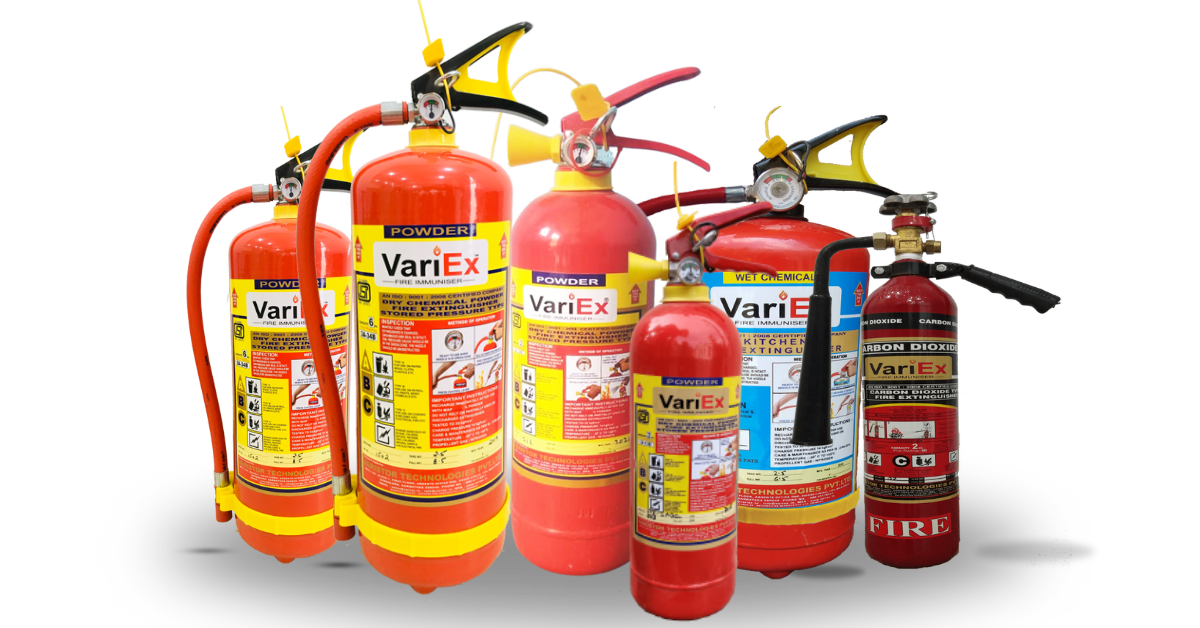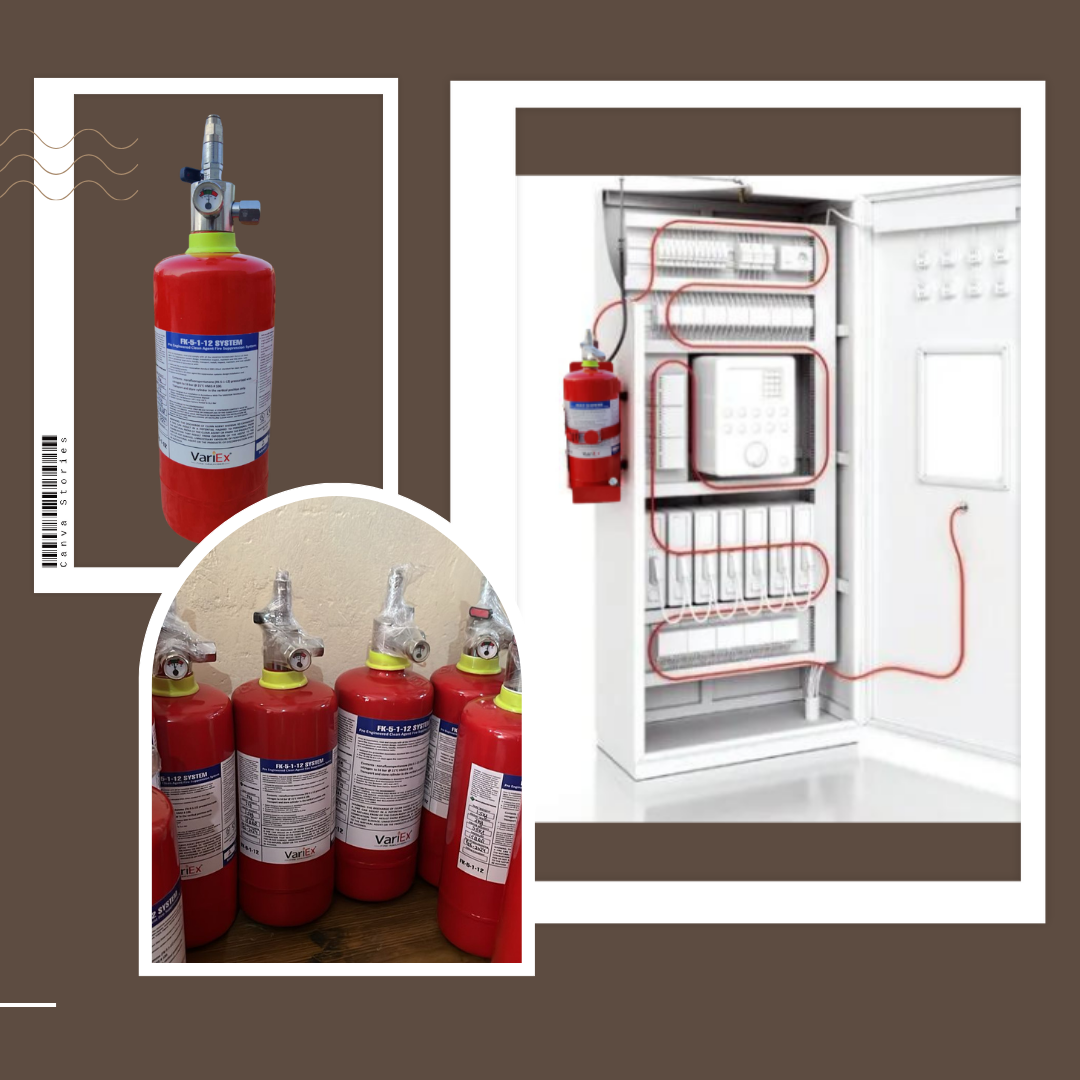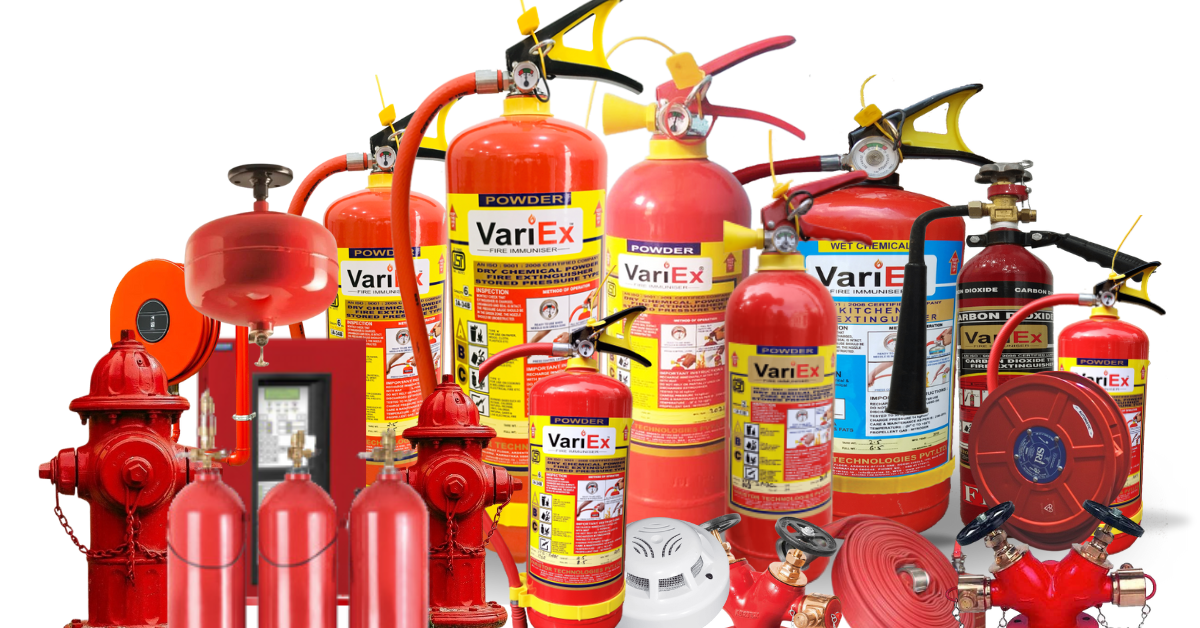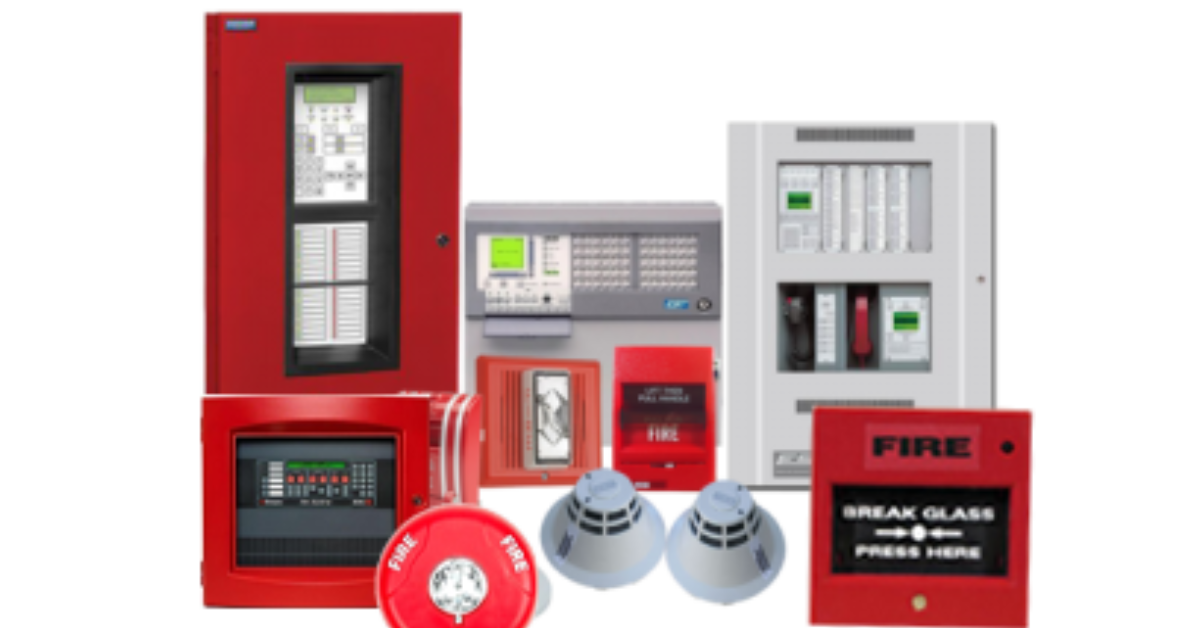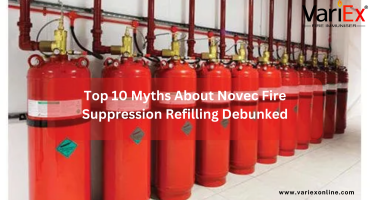![]()
Fire Immuniser
+91-7829629111
Email: info@variex.in
Varistor Technologies Pvt. Ltd.
Block-1, First Floor, Ardente Office One, Hoodi Circle, ITPL Main Road, Bengaluru, Karnataka 560048, IN
How Conventional Fire Alarm System Works
How Conventional Fire Alarm System Works
Fire alarm systems are a fundamental component of building safety protocols across the world. Their primary role is to alert occupants of potential fire hazards, hence facilitating timely evacuation and preventing loss of lives and property. There are two main types of fire alarm systems: conventional and addressable. This article focuses on understanding the mechanics and intricacies of a conventional fire alarm system. It outlines the components, how they interact with each other, and how the entire system responds in case of a fire emergency.
Understanding Conventional Fire Alarm Systems
A conventional fire alarm system is designed to divide a property into a series of detection zones. The number of zones is determined by the size and complexity of the property and local fire safety guidelines. Each zone is independently wired to the fire alarm control panel. The system detects a fire when environmental changes within its configured zones go beyond an established threshold. It then triggers an alarm, but does not give the exact location within the zone where the fire has occurred.
Components of a Conventional Fire Alarm System
The primary elements that make up a conventional fire alarm system comprise of the fire alarm control panel, initiating devices, notification appliances, and power supplies.
Fire Alarm Control Panel (FACP)
The fire alarm control panel is the brains behind the operation. It's a central hub which receives signals from initiating devices and sends response signals to the notification appliances. In addition, the control panel also monitors the system's integrity and operational readiness. Any faults within the system, such as wire breakages or power failures, are also identified and reported by the control panel.
Initiating Devices
Initiating devices, like smoke detectors and manual pull stations, are designed to activate the fire alarm system. Smoke detectors sense particulates in the air that are produced in the early stages of combustion. Manual pull stations, on the other hand, are manually-operated switches that allow for human intervention in case of a fire emergency. When either of these devices are triggered, they send a signal to the fire alarm control panel, activating the alarm system.
Notification Appliances
Once a potential fire is detected, notification appliances such as horns, bells, strobe lights, or voice alarm systems are activated to alert building occupants. These notification devices utilize both audio and visual cues to signal a potential fire emergency. They are designed to function even under adverse conditions, ensuring the ongoing safety of building occupants.
Power Supplies
The conventional fire alarm system operates on an electrical supply, with battery backup to ensure functionality during power outages. These systems monitor their batteries consistently to ensure they are charged and ready to operate in case of an emergency.
How the System Works
Once a detector or manual pull station in a particular zone is triggered, it sends a signal to the FACP. The control panel then identifies the zone that has caused the alarm and activates the notification devices to alert the occupants about the emergency. The premise's overall layout and fire strategy determine the type of notification and emergency actions to be taken.
Maintenance and Testing of Conventional Fire Alarm Systems
Regular inspection and accurate maintenance are vital for the optimum performance of a fire alarm system. They help identify any faults or malfunctions on time for early corrective action. These procedures should be carried out by properly trained maintenance personnel, in line with the manufacturer's guidance and local fire safety and building regulations.
Conclusion
Understanding how a conventional fire alarm system works can enhance the safety and security of both lives and properties. This knowledge can also form a foundation for improving and innovating fire detection and warning methods. The systems may be less sophisticated compared to their addressable counterparts, but they play just as important a role in preventing catastrophic losses. The ultimate goal should always be to ensure that all fire alarm systems remain reliable, robust, and reactive to every potential fire outbreak.
Explore our products Range
Final Say
At VariEx.in and VariexOnline.com, we specialize in supplying and installing top-quality fire fighting systems and equipment. From fire extinguishers to advanced suppression systems, we offer comprehensive solutions tailored to your needs. Our experienced team ensures precise installation and maintenance for optimal safety.
Trust VariEx for reliable fire protection. Contact us online or call 7829629111 to learn more.
"WHAT YOU CAN READ NEXT"
 Read more +24 November 2023 in Fire Extinguisher
Read more +24 November 2023 in Fire ExtinguisherWhat types of fire extinguishers are available for different fire classes?
 Read more +18 April 2025 in Fire Suppression
Read more +18 April 2025 in Fire Suppression




